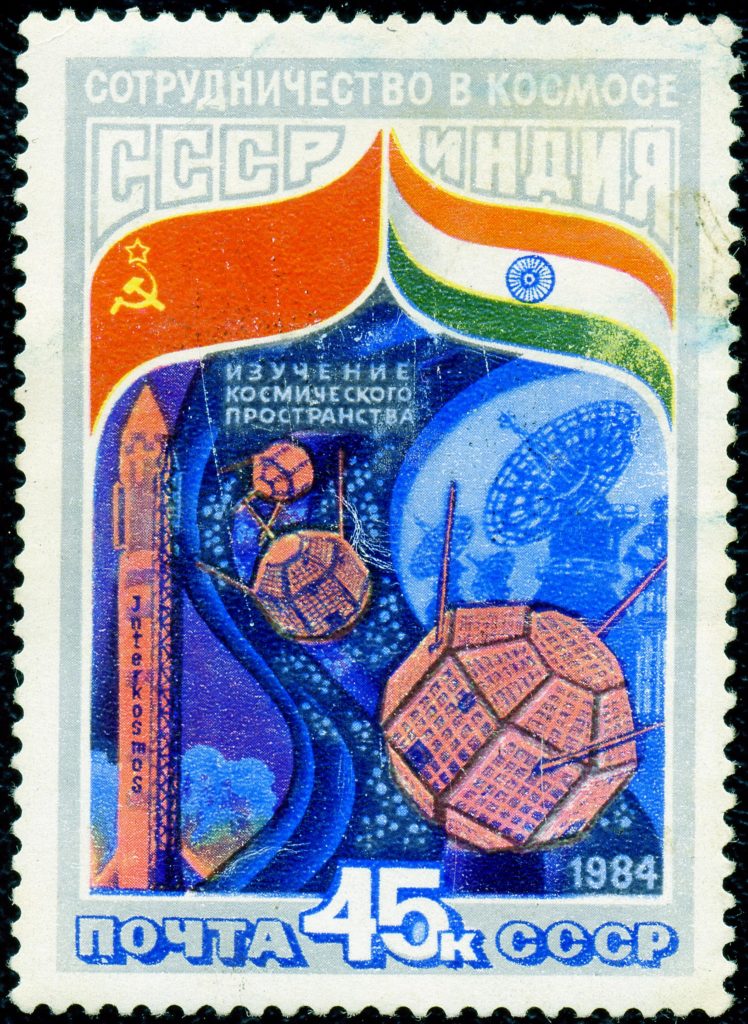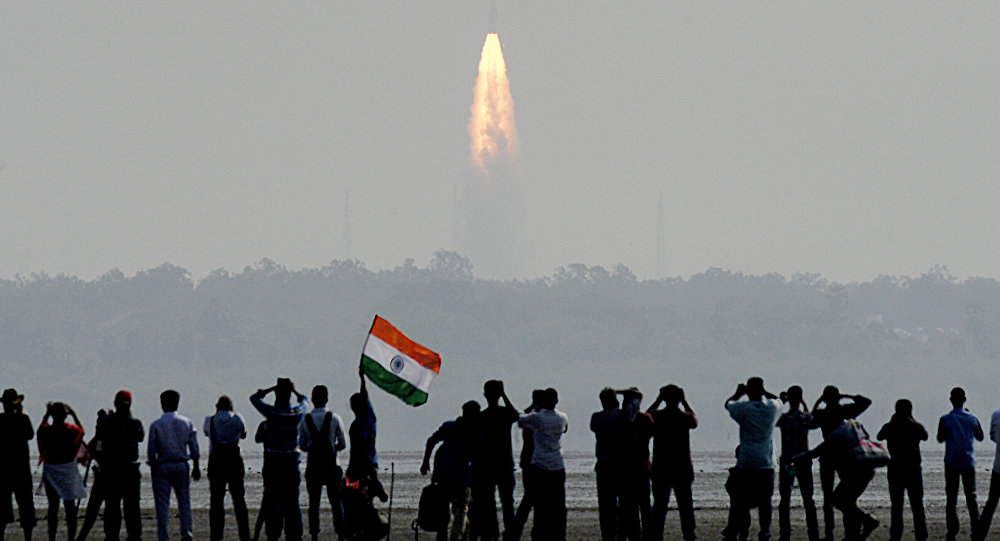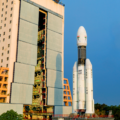Indian Space Research Organisation (ISRO) always scales new heights in the field of space exploration. April 19, 1975 has special significance in India’s history.
On this day, its first indogenously-made satellite was launched. It was named after Indian mathematician and astronomer Aryabhata .This signified the birth of ISRO.
ISRO did not have launch capabilities of its own at the time, this step opened new doors for India. ISRO had used Soviet Union’s Kosmos-3M launch vehicle in 1975. Now ISRO India has a record of launching 104 satellites in one go.
The launch was just a beginning for ISRO which has been adding one achievement after another . It has successfully sent missions to moon and Mars. ISRO us also planning a moon landing mission called Chandrayaan 2 in October 2018.

1984 USSR stamp featuring Bhaskara-I, Bhaskara-II and Aryabhata satellites .
Credit : Wiki Commons
Top facts about ISRO aryabhatta , India’s first Satellite
- Vikram Sarabhai, the father of India’s space program, had tasked one of his scientists UR Rao for making an indigenously-built satellite. Rao was the only Indian who had worked on two NASA satellite projects.
- The launch of Aryabhata came 18 years after world’s first satellite, Sputnik I . Sputnik was launched by the Soviet Union on October 4, 1957.
- Aryabhata was launched from Kapustin Yar in the then Soviet Union by a Kosmos-3M launch weighed 360 kilograms.
- The mission was a part of an agreement between India and Soviet Union signed in 1972 under which New Delhi allowed USSR to use Indian ports for tracking ships and in return for launching Indian satellite.
- Then Prime Minister Indira Gandhi was given three options to choose from as the name of India’s first satellite with others being Maitri (friendship) and Jawahar (Jawaharlal Nehru) and she chose to name it after mathematician and astronomer Aryabhata.
- Aryabhata was developed to study earth’s ionosphere, X-ray astronomy, aeronomics, and solar physics.
- The project cost was 3.5 crores and it took 30 months to complete it.
- Aryabhata operated for only 5 days . Later all communication was lost due to failure in its electrical power system.
- It re-entered atmosphere of Earth after 17 years on 10 February 1992.
- Aryabhata may not have been a complete success but the project opened new possibilities for ISRO. It now runs most cost-effective space program in the world.
So do you like to read such articles , consider liking our page on Facebook here , following us on Twitter here ,or if you love some visual treatment , we make some high quality videos on YouTube as well which you can view here . have a great day :). Visit our homepage HERE for the LATEST SCIENCE NEWS.




